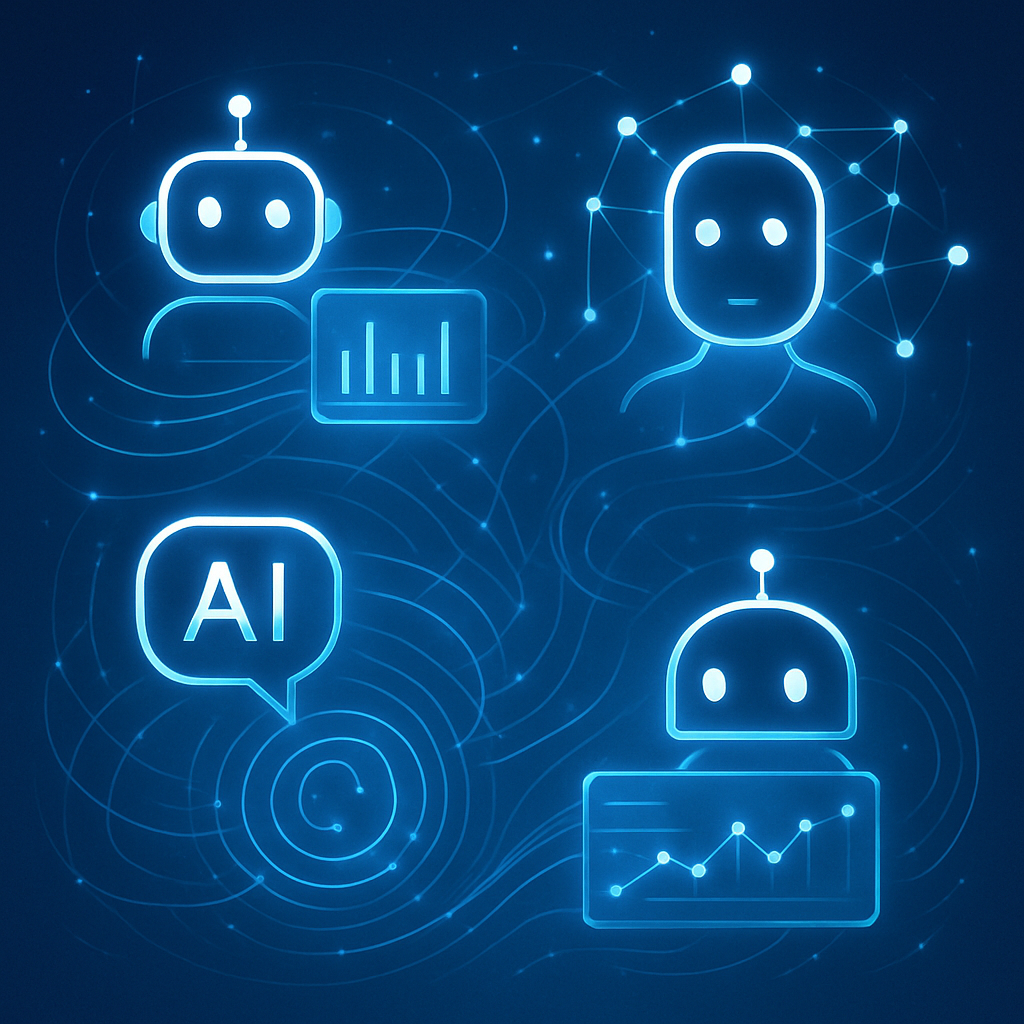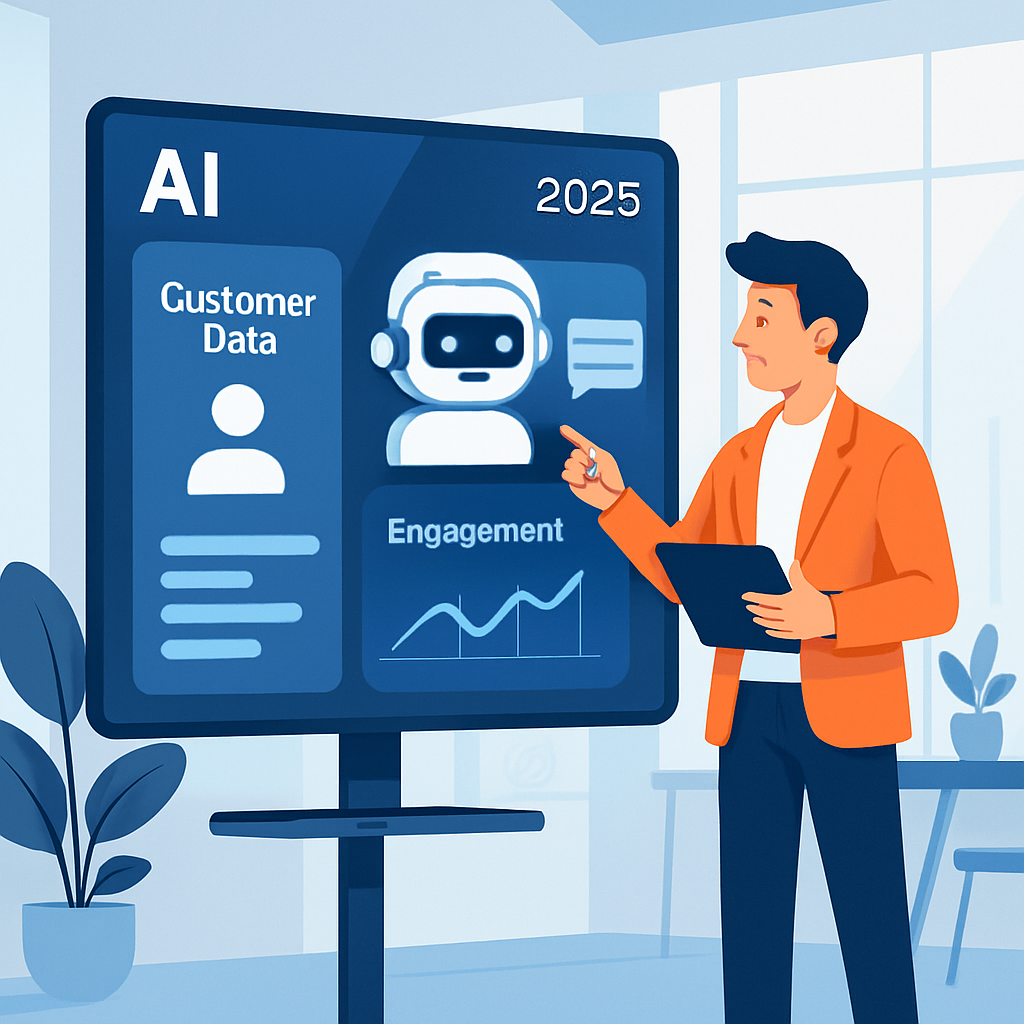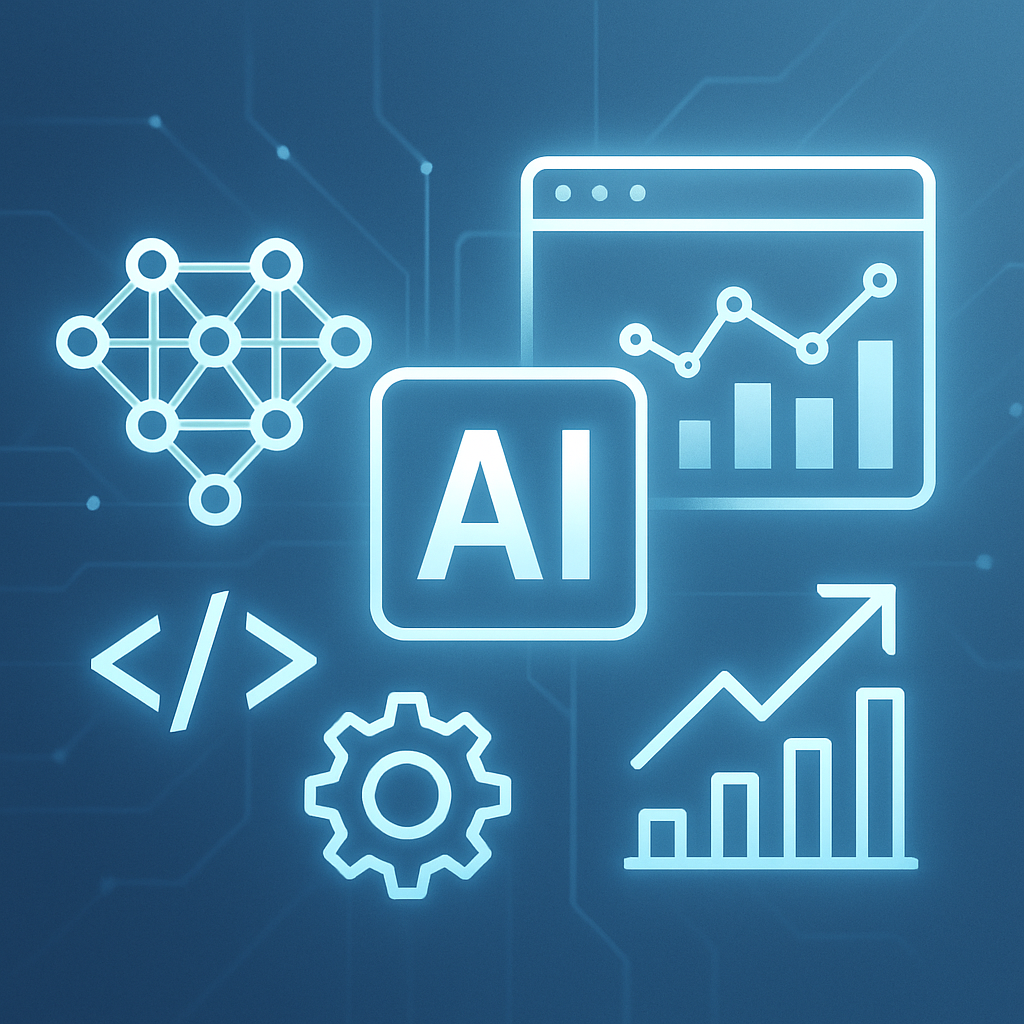
Revolutionizing Computing: AI’s Role in Shaping Computer Architecture
The Dawn of Intelligent Computer Architecture
In 2025, the integration of artificial intelligence (AI) within computer architecture is not just an emerging trend—it's a transformative force redefining how computing systems are designed and operate. Traditional computer architectures, dominated by fixed pipeline processors and static memory hierarchies, are evolving into dynamic, AI-powered frameworks that adapt to workload demands in real time. This evolution promises unprecedented performance, energy efficiency, and versatility.
AI’s Role in Redefining Hardware Design
One of the most significant ways AI affects computer architecture is through the creation of adaptive hardware components. Rather than designing processors with predetermined functions, engineers now employ AI-driven methods to generate architectures that optimize themselves for specific applications or operational contexts.
AI-Enabled Design Space Exploration
Automated AI algorithms can rapidly explore vast design spaces, evaluating countless configurations of processing units, interconnects, cache hierarchies, and power envelopes. For example, neural architecture search techniques once confined to software are now applied to hardware design, enabling the discovery of novel chip layouts that outperform human-crafted counterparts.
Case Study: Dynamic Reconfigurable Processors
Modern processors embedded with AI intelligence can reconfigure execution units on the fly. For instance, an ai-enhanced field-programmable gate array (FPGA) can learn application patterns and adjust its circuitry dynamically, improving throughput for machine learning workloads without sacrificing energy efficiency for general tasks.
Reimagining Memory and Storage Systems
AI also influences the design of memory architectures, addressing one of the oldest bottlenecks in computing systems: the memory wall. Traditional hierarchies struggle to balance speed, capacity, and energy use. AI-integrated memory controllers now predict data access patterns and proactively manage cache contents, minimizing latency and reducing unnecessary data transfers.
Intelligent Cache Management
Advanced AI models embedded in cache controllers analyze workload nuances in real time to optimize which data blocks to keep, prefetch, or evict. This granular management enhances system responsiveness, particularly in data-intensive applications like real-time analytics or augmented reality.
Emerging Non-Volatile Memory Technologies
AI also assists in harnessing promising non-volatile memory (NVM) technologies, such as phase-change memory and resistive RAM. AI-controlled wear leveling and error correction extend the lifespan and reliability of these components, enabling architectures that combine the speed of traditional RAM with the persistence of storage drives.
Enhancing Energy Efficiency with AI
As data centers and edge devices face increasing energy constraints, AI’s role in energy management within architectures becomes crucial.
Predictive Power Scaling
Machine learning algorithms predict workload intensity and adjust processor voltage and frequency scaling in real time. These AI-powered governors outperform conventional heuristics by considering broader context, such as ambient temperature, user behavior, and historical usage.
Thermal and Resource Optimization
AI integrates with thermal sensors to proactively manage heat dissipation, throttling or redistributing workloads to avoid hotspots and improve hardware longevity without manual intervention.
AI-Driven Security Features Architected at the Hardware Level
Security in 2025 computer architectures leverages AI beyond software defenses. Architectures are embedding intelligent threat detection mechanisms that monitor hardware signals for anomalous behavior indicative of cyberattacks or hardware faults.
Hardware Anomaly Detection
AI models running on secure enclaves can flag side-channel attacks or transient faults by analyzing micro-architectural telemetry. This proactive approach allows systems to isolate or mitigate threats faster than traditional signature-based methods.
Architecting for AI Acceleration
The AI revolution also feeds back into hardware design by driving architectures optimized specifically for artificial intelligence workloads:
- Neuromorphic Computing: Chip designs inspired by the human brain’s neural network structure promise to perform AI inference more efficiently by mimicking biological neuronal action.
- Tensor Processing Units (TPUs): Specialized accelerators that drastically speed up matrix operations critical to deep learning.
- In-memory Computing: Architectures reducing data movement by performing computations directly inside memory arrays, mitigating latency and energy costs related to data shuttling.
Future Horizons: AI and Quantum Computing Synergy
Looking beyond classical architectures, AI is playing a critical role in the development of quantum computers. AI algorithms assist in error correction, qubit calibration, and optimizing quantum circuit configurations.
This synergy could unlock hybrid architectures blending quantum and classical components intelligently, adapting dynamically to solve complex problems previously beyond reach.
Conclusion: Embarking on an Intelligent Architecture Era
Artificial intelligence is no longer just a workload - it is the architect of future computer systems. By enabling adaptive, intelligent, and secure hardware designs, AI is revolutionizing computer architecture at its core. The 2025 landscape showcases designs that self-optimize for performance and energy, learn to manage resources proactively, and defend against advanced threats. This paradigm shift promises not only faster computers but smarter ones—machines that evolve with their tasks, ushering us into a new age of computing innovation.







